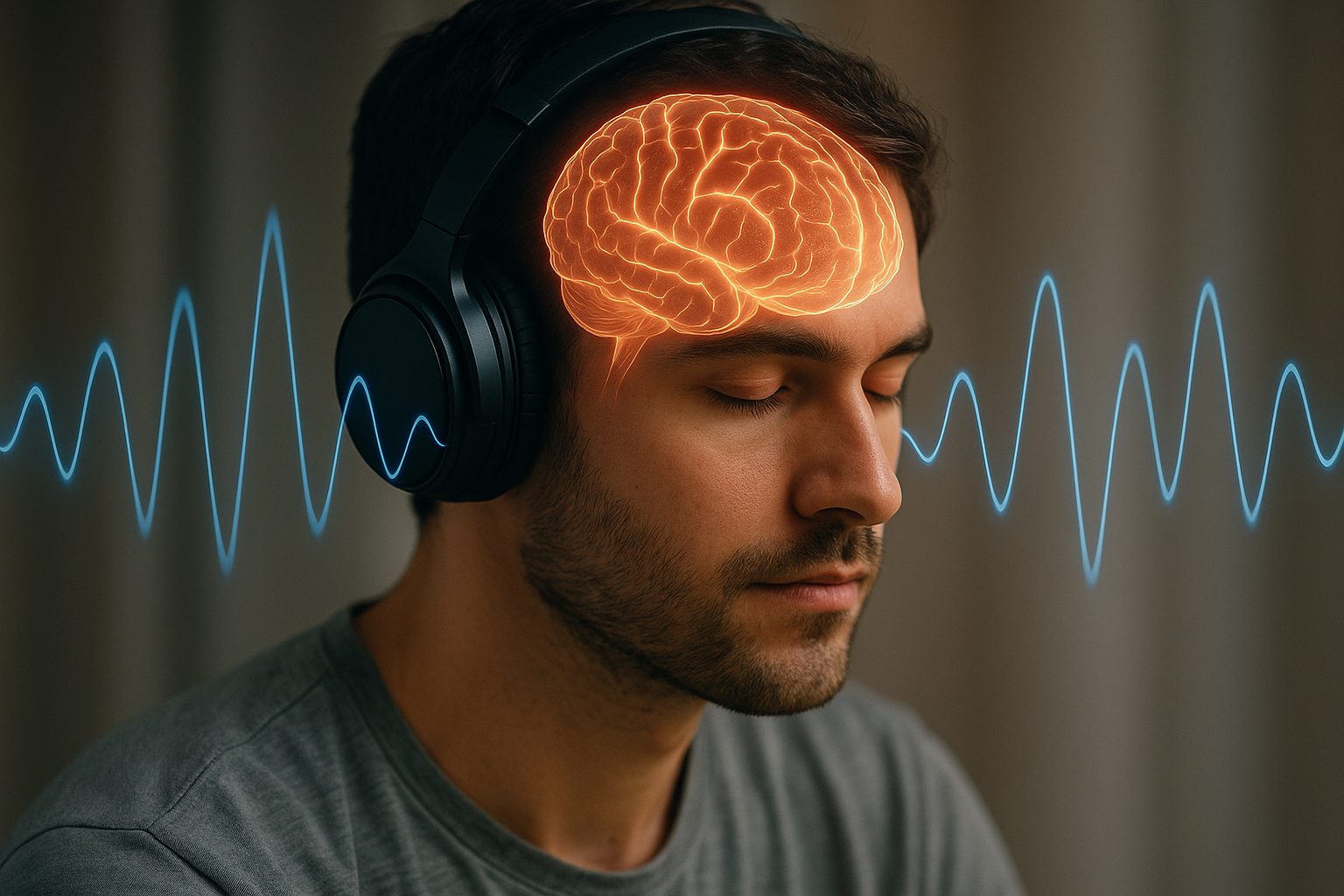Understanding the Science of Binaural Beats and Its Impact on Wellness
If you've been exploring the sphere of alternative wellness strategies, chances are you've come across the concept of binaural beats. This fascinating audio technology, which leverages the brain's natural frequencies to promote relaxation, concentration, and more, has become a popular tool in the quest for mental and emotional well-being. But what exactly are binaural beats, and how do they work? Let's delve into the science behind this intriguing phenomenon and explore its potential benefits.

The Basics of Binaural Beats
Binaural beats were first discovered in the early 19th century by physicist Heinrich Wilhelm Dove. He found that when two different tones, separated in frequency by only a few Hertz, are introduced separately to each ear, the brain processes a single tone that is the mathematical difference between the two frequencies.
For instance, if you listen to a 300 Hz tone in one ear and a 310 Hz in the other, your brain will process a binaural beat of 10 Hz. This isn’t a sound that’s actually present in the audio, but rather an effect created by your brain’s processing power.
The Science Behind Binaural Beats
The underlying principle of binaural beats lies in the concept of ‘brainwave entrainment’. Our brains operate at various frequencies depending on our current mental state — for instance, during deep sleep, our brainwaves are slow and of low frequency, while during a state of high alert or concentration, they are fast and of high frequency.
Binaural beats can be tailored to these specific frequencies, theoretically enabling us to consciously control our brainwave state, and therefore our mood and focus. While this may sound like science fiction, numerous studies have backed the efficacy of binaural beats.
The Potential Benefits and Challenges
Many people have found binaural beats to be a useful tool in managing stress, improving focus, promoting relaxation, and even enhancing creativity. There is a growing body of research suggesting that binaural beats can have a significant impact on cognitive functions and mood regulation.
However, it’s important to note that the effects of binaural beats can vary greatly from person to person, and more research is needed to definitively establish their long-term benefits and potential risks. As with any wellness strategy, it’s essential to approach binaural beats with an open mind and a healthy dose of skepticism.
A Few Interesting Facts About Binaural Beats
-
Binaural beats can only be perceived when the tones are less than 1000 Hz, and the difference between the two tones is less than 30 Hz.
-
The binaural beat is not heard in the sound itself, but in the auditory pathways of the brain.
-
Some research suggests that binaural beats can enhance mood and cognitive performance in a similar way to meditation practices.
In Conclusion
The science of binaural beats offers a fascinating glimpse into the power of our brains and the potential for harnessing our internal frequencies for improved wellness. While the research is still ongoing, the possibilities are exciting, and binaural beats represent a compelling frontier in the realm of holistic health. As we continue to explore the intricacies of the human mind, it’s clear that our understanding is only just beginning to scratch the surface.




